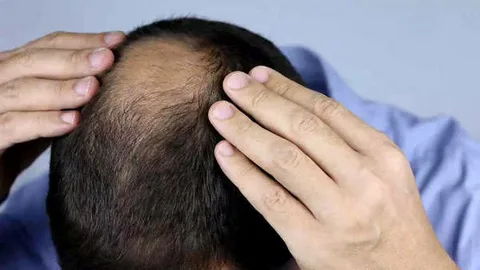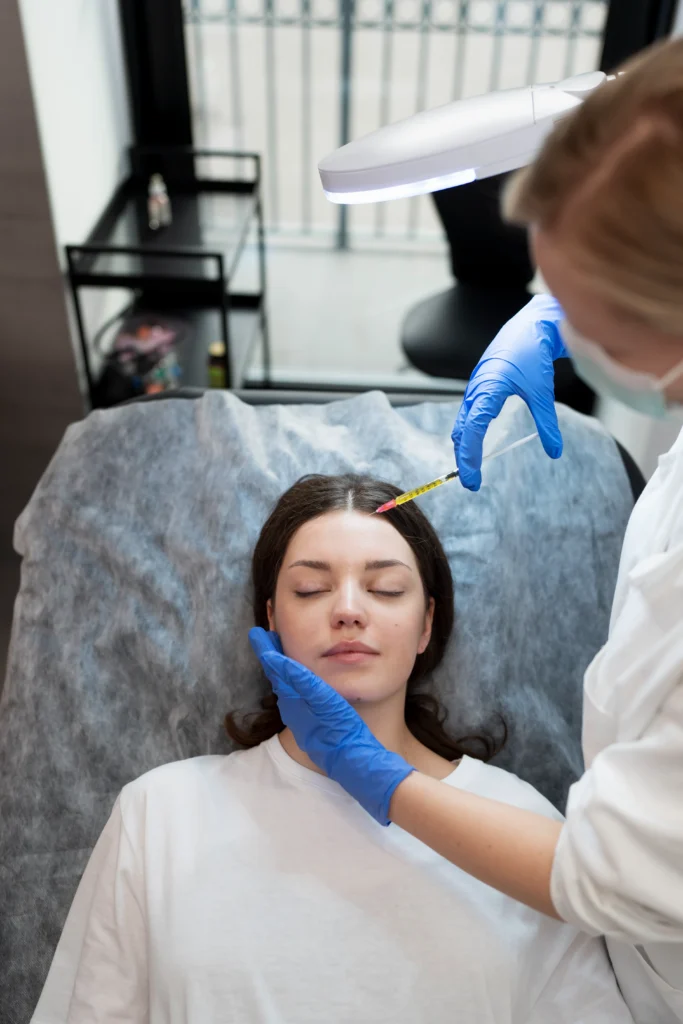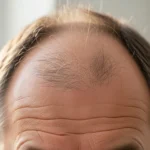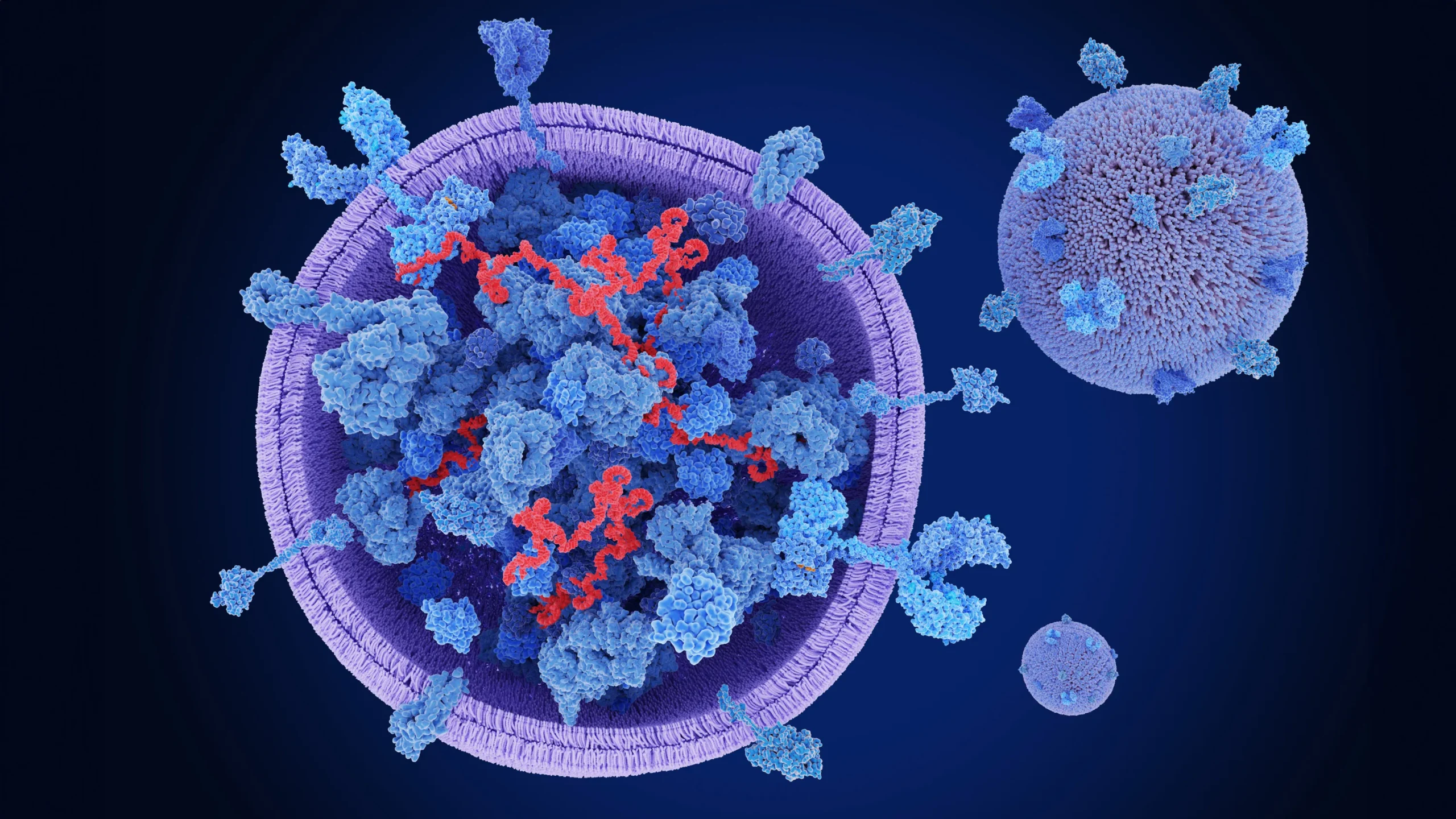Are you noticing thinning hair or sudden bald patches? A hair loss dermatologist on Long Island can help pinpoint the cause and offer proven treatments like PRP, medications, or even transplants. In this guide, you'll learn what to expect during your visit, which treatments work best, and how to safely recover. We’ve included expert advice, …
Are you noticing thinning hair or sudden bald patches? A hair loss dermatologist on Long Island can help pinpoint the cause and offer proven treatments like PRP, medications, or even transplants. In this guide, you’ll learn what to expect during your visit, which treatments work best, and how to safely recover.
We’ve included expert advice, local tips, and trusted resources to help you make the right choice.

Understanding Hair Loss
Common Types of Hair Loss
Hair loss can affect men and women of all ages. The most common types include:
- Androgenetic Alopecia (Male/Female Pattern Baldness)
A genetic condition causing gradual thinning over the crown or hairline. - Telogen Effluvium
Often stress-induced, this leads to widespread shedding, especially after illness, childbirth, or trauma. - Alopecia Areata
An autoimmune condition causes round bald patches on the scalp or body. - Traction Alopecia
Hair loss from tight hairstyles or repeated tension.
Causes in Long Island Residents
Hair loss causes vary based on genetics, lifestyle, and even local environment. Common regional triggers include:
- Stress from demanding urban lifestyles
- Poor nutrition or crash diets
- Post-COVID shedding
- Chemical damage from frequent salon visits
- Hormonal changes (especially during menopause)
How Dermatologists Diagnose Hair Loss

A Long Island hair loss dermatologist typically uses the following methods:
- Scalp exam: Visual and physical inspection
- Pull test: Gently tugging a few hairs to see how many fall
- Lab tests: To check for thyroid, iron, or vitamin deficiencies
- Scalp biopsy: For scarring or autoimmune causes
- Trichoscopy: Magnified scalp imaging to analyze follicles
Services Offered by Long Hair Loss Dermatologists on long Island
Medications
- Minoxidil (Rogaine): Topical solution for both men and women
- Finasteride (Propecia): Oral treatment for male pattern hair loss
- Dutasteride / Spironolactone: Off-label treatments used in some clinics
- Doxycycline: Used for inflammation-based conditions like folliculitis
Platelet-Rich Plasma (PRP)

PRP therapy involves drawing your blood, processing it, and injecting the platelet-rich plasma into your scalp. It:
- Boosts natural hair regrowth
- Is done every 4–6 weeks
- Shows visible results within 3–6 months
Low-Level Laser Therapy & Microneedling
These non-invasive techniques stimulate follicles and are often used alongside other treatments. They’re pain-free and safe for at-home maintenance.
Hair Transplant Surgery
- FUE (Follicular Unit Extraction): Individual hair grafts extracted and placed
- FUT (Strip method): A strip of skin is removed and dissected into grafts
Holistic & Adjunct Therapies
Some Long Island clinics offer:
- Scalp detox
- Infrared light therapy
- Nutritional counseling
- Hair-friendly supplements (e.g., Biotin, Nutrafol)
Why See a Board‑Certified Hair Loss Dermatologist on Long Island
Choosing a certified expert ensures:
- Accurate diagnosis: Differentiating between scarring vs. non-scarring types
- Access to advanced tools: Like trichoscopy or PRP centrifuges
- Personalized care: Tailored treatment based on age, gender, health
- Regulated medication use: Safe dosages and combinations
What to Expect: First Visit & Follow-Up for Hair Loss Dermatologist on Long Island
Initial Visit
- Medical history review
- Scalp examination and optional biopsy
- Discussion of treatment goals
Follow-Up Appointments
- PRP: every 4–6 weeks for 3–4 sessions
- Medication check-ins every 3 months
- Imaging to track hair density
Recovery & Aftercare
Safe Return to Activities
After PRP or transplant, avoid for 3–7 days:
- Intense workouts
- Steam rooms and saunas
- Wearing tight caps or helmets
Post-Procedure Care
- Use sulfate-free shampoos
- Sleep with your head elevated
- No dyeing or chemical treatments for 2 weeks
How to Choose the Right Hair Loss Dermatologist on Long Island
Look for:
- Board certification (AAD, NY Board)
- Experience with hair restoration
- Access to modern equipment (PRP kits, imaging)
- Transparent pricing and patient reviews
- Personalized consultation approach
FAQs
How long until I see new hair?
Typically 3–6 months for PRP or medication-based regrowth.
Can women take finasteride?
Only under close dermatologist supervision. Alternatives like spironolactone are more common.
Is PRP painful?
Mild discomfort with numbing cream. Most patients tolerate it well.
Do I need to stop exercising?
Yes, for 3–7 days post-treatment to prevent irritation or infection.
Can I combine treatments?
Yes, many plans involve PRP + minoxidil or microneedling.
Take Your Next Step
Ready to take the first step toward thicker, healthier hair? Book a consultation with Dr. Uzma Irfan, an ISHRS-certified surgeon, today. Get a personalized diagnosis, explore treatment options, and start your journey to confident hair recovery.






